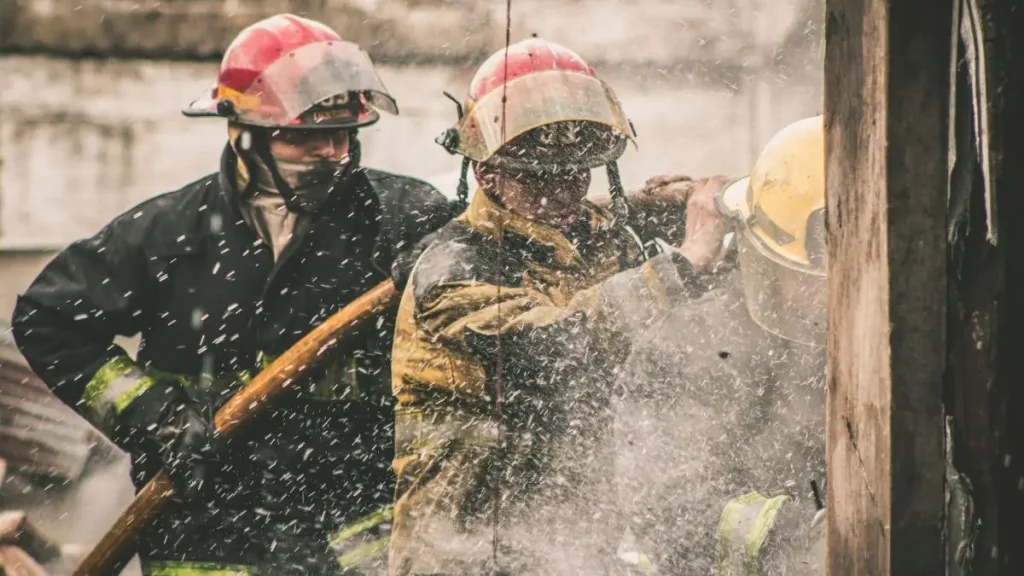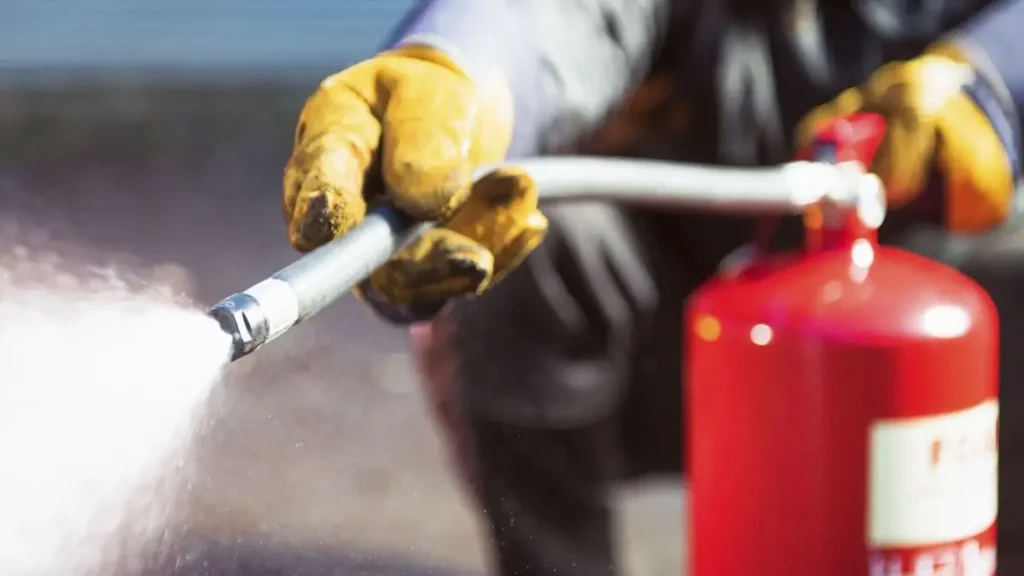Washington State House Fire Leaves Two Residents Dead
I still remember reading the first updates about the fire in Graham, Washington, and feeling that sinking dread you get when a tragedy hits close to home. Just after 11 a.m. on Monday, a passerby noticed smoke and flames rising from a house on the 27600 block of Webster Road East and immediately called 911. That split-second action likely made a difference, even though, tragically, two lives were lost.
When Central Pierce Fire & Rescue arrived, they were met with a house fully engulfed and a second floor that looked ready to collapse at any moment. Limited water supply made things even harder, so crews had to shuttle water with tenders while coordinating a defensive strategy. I can only imagine the tension as they navigated unstable floors, thick smoke, and raging flames.
The first victim was located inside the home shortly after firefighters arrived. Despite immediate CPR efforts, they couldn’t be saved. Hours later, after the fire was under control and it was safe to re-enter, crews found the second victim. Reading these details, you start to realize how quickly fire can take over, and how every second counts in situations like this.
Victims and Official Statements

Learning who the victims were makes this tragedy hit even harder. The Pierce County Sheriff’s Office confirmed that both people who died were a married couple in their 70s. Just thinking about a lifetime spent together ending this way—it’s heartbreaking.
Officials were quick to clarify that preliminary investigations show no suspicious activity. That’s something I want you to take note of: this wasn’t a crime scene, it was an accident that could happen to anyone if fire safety isn’t top of mind.
Detectives and forensics teams are handling the death investigation, while the fire marshal and Central Pierce Fire & Rescue are focused on determining what started the blaze.
Seeing the coordinated response from multiple agencies gives me confidence in how seriously authorities take these incidents. But it also makes you realize how complex these investigations are—you have the human tragedy, the forensic work, and the technical fire analysis all happening at once.
Firefighters often risk their own safety in these scenarios; even in Missouri, crews faced dangerous conditions but managed to protect lives.
Fire Cause and Ongoing Investigation
One thing that struck me while following updates on X was how fire investigators are piecing everything together in real-time. Central Pierce Fire & Rescue posted that the exact cause of the fire is still under investigation, and the Pierce County Fire Marshal is working alongside them.
Crews are on-scene of a structure fire in the 27600 block of Webster Rd E in Graham. A patient was located and is receiving medical care. Please avoid the area as crews work to extinguish the fire. More information will be shared as it becomes available. pic.twitter.com/67oVQerIPl
— Central Pierce Fire & Rescue (@CentralPierce) October 13, 2025
Officials have already suggested that heating devices might have played a role. With colder weather settling in, it’s a reminder that even small oversights—like leaving a heater too close to flammable materials—can have catastrophic consequences.
The sheriff’s office also confirmed there’s no evidence of suspicious activity, so this seems like a tragic accident rather than anything intentional.
While the investigation continues, you can start thinking about your own home: are your heaters, fireplaces, and space heaters safe? It’s one of those things we often put off, but seeing how quickly a fire can turn deadly makes you rethink it.
Challenges Faced by Firefighters
Reading the reports from The News Tribune really put into perspective what firefighters deal with. The house was a two-story structure, and crews immediately faced concerns about the second story collapsing. Limited water supply meant that water tenders had to shuttle water to the scene, adding another layer of complexity.
Firefighters used a defensive strategy to manage the blaze while keeping themselves safe. According to reports, “Firefighters faced challenging conditions, including limited water supply, requiring water tenders to shuttle water to the scene, and structural instability on the second floor”.
It makes me appreciate the split-second decisions they have to make. They’re not just battling flames—they’re calculating risks to save lives while protecting themselves. And even with all that training, tragedies like this can still happen.
Large-scale house fires can displace families quickly, as was the case in Pennsylvania few days ago, highlighting how every second counts in emergency situations.
Community Impact and Public Response
The way neighbors and the wider community responded tells you a lot about human instinct in moments of crisis. A passerby saw the smoke and flames and didn’t hesitate to call 911. Their quick action probably made the difference in allowing firefighters to reach the victims as fast as possible.
Online, I saw posts from locals expressing condolences and sharing memories of the couple. Social media becomes a place for both grief and support, where people come together even if they’re not physically present. It’s a reminder that communities matter, and awareness can save lives.
Fires can start in unexpected places, like garages or storage areas, as we saw in a recent North Carolina home garage fire where quick action prevented injuries.
Fire Safety Lessons You Can Apply Today

Reading about this fire hit me personally because I realized how easy it is to overlook everyday hazards. If you take anything from this, let it be these few simple but powerful steps:
- Check your heating devices: Inspect them for wear, keep anything flammable at a safe distance, and never leave them unattended.
- Smoke alarms: Make sure they work, and replace batteries regularly.
- Fire extinguishers: Keep them accessible, and make sure everyone in your household knows how to use them.
- Emergency escape plan: Practice it with your family, so everyone knows exactly where to go if a fire starts.
These steps might feel basic, but in situations like Graham, they can literally make the difference between life and death.
Many readers like to stay updated with real-time safety alerts and home incident updates. You can get quick updates like these directly via WhatsApp for easy tips and alerts as they happen.
Key Takeaways and How You Can Protect Yourself
Reading about the Graham house fire, I kept thinking: this could happen anywhere, even in a home that seems safe. Two lives were lost in moments, and it’s a stark reminder that prevention is everything.
Here’s what I want you to remember:
- Fires escalate faster than we expect. Seconds matter, and having working smoke alarms and a clear escape plan can save lives.
- Heating devices are a hidden danger in colder months. Don’t wait for a warning; check them now.
- Community awareness matters. If you see smoke or signs of fire, call 911 immediately. You might be the difference between life and death.
- Emotional impact isn’t just on the victims’ families. Reading about it, talking about safety, and taking precautions can help you stay vigilant.
I encourage you to take a few minutes today to walk through your home with fire safety in mind. Check heaters, ensure smoke alarms work, and make sure your family knows exactly what to do in an emergency.
And if you’re comfortable, share this with friends or neighbors—awareness spreads faster than fire, and in some cases, it can save lives.
After reading about this tragedy, what’s one small change you can make in your home today to be safer from fire? Drop your thoughts in the comments or share this with someone who might need the reminder.
For more real-life fire safety stories and practical home safety advice, you can explore our Home Incidents section for updates and tips that can help protect your family.
Disclaimer: The information in this article is based on official reports from the Pierce County Sheriff’s Office and Central Pierce Fire & Rescue. Details may change as investigations continue. This content is for informational purposes and should not replace professional safety guidance.


